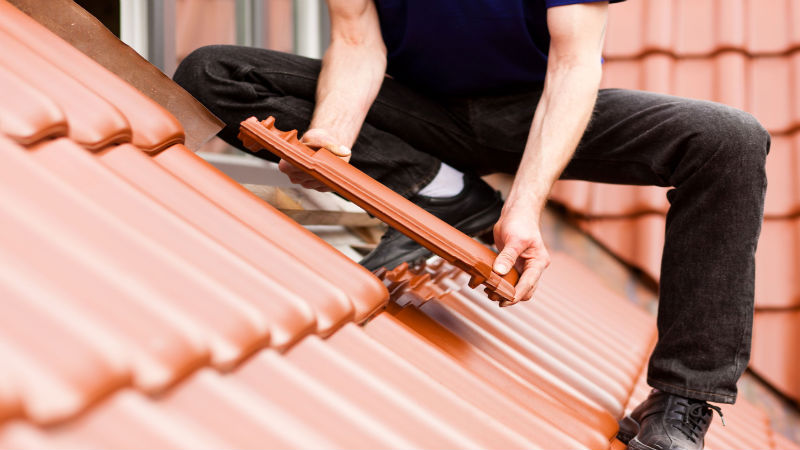Dating back to the mid-1800s tin ceilings added a bit of high-class elegance at an economical price. Tin ceilings were originally made of steel and some time later were stamped out of tin. Manufacturers touted the use of tin ceiling as the ultimate protection against fire, water, and rodents. By the late 1800s, there were roughly two dozen companies stamping and pounding out tin ceiling. The majority of them in Pennsylvania, Ohio, and New York were located along railroad lines for quick delivery to contractors.
The low cost of the tin ceiling made them especially attractive. In contrast, decorative plaster ceilings were cost-prohibitive because a master craftsman had to be hired. The average homeowner could achieve the same look by painting the metal ceilings. The original process for creating tin ceilings used hand-operated machinery. Tin sheets were individually stamped using drop-rope hammers and cast iron molds or dies. The top tool called a “ram,” was lifted by using a rope or chain, and then released. The hammer fell with enough force onto the metal beneath it to permanently emboss intricate designs into the tin.
Modern day tin ceilings are created using hydraulic presses, although a few manufacturers still exist that use the old production methods. Today, the majority of metal ceiling panels are made of aluminum because it resists rust and is lightweight. Originally, the panels were nailed into wood furring strips (plywood wasn’t invented yet) and roping was used a molding to cover the joints. Corners were hidden using decorative wooden rosettes.
Today’s modern technology allows for easier installation as well. Companies like Abingdon Construction offer installation choices such as traditional nail up, suspended or drop-in or snap up panels. With a little bit of skill, the do-it-yourself owner needs only a pair of gloves, a hammer, tin snips, a tape measure, and string and chalk for a chalk line. The panels can be hand-painted with oil-based paint for an authentic look, finished with powder-coatings, or for those with a preference for the warm glow of metal, a clear lacquer or oil-based polyurethane coating.
Exquisitely imprinted tin ceilings allow homeowners to put a personal stamp on their surroundings. Nothing compares to the beauty of a room with a tin ceiling. Whether it is a sitting parlor with a 12-foot ceiling or a small farmhouse kitchen. Enhanced with a tin ceiling they too can be treasured as remnants from days gone by. Visit Abingdonconstruction.com for more details.


